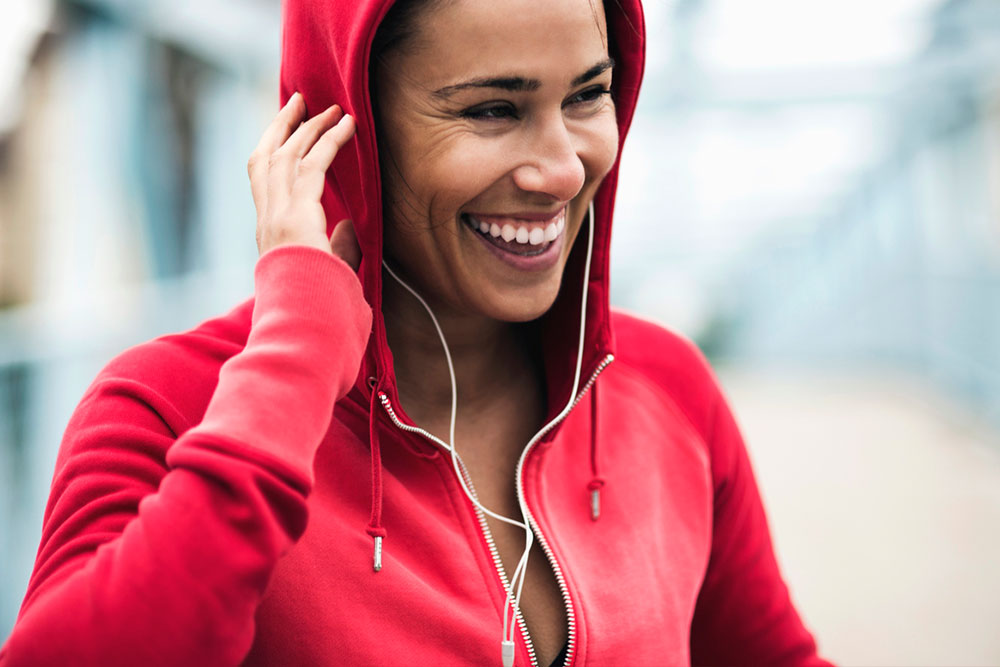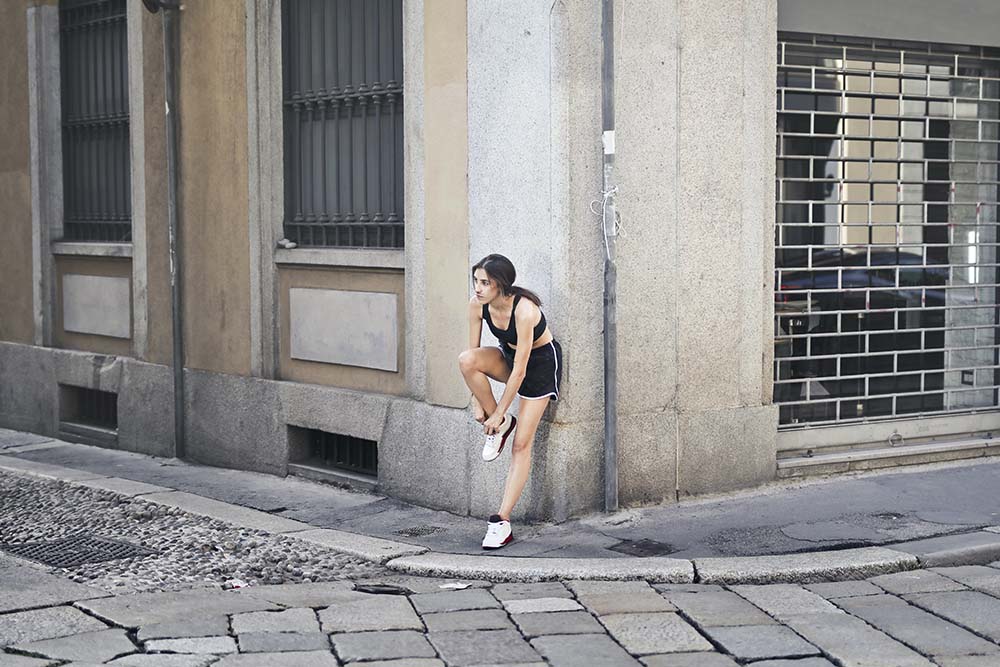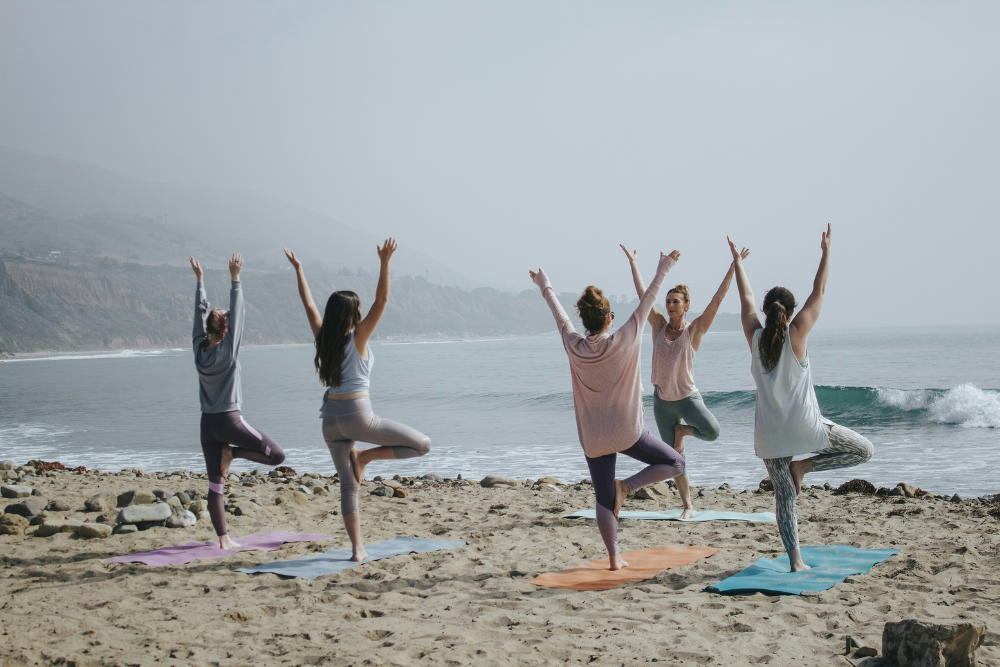Exercise And PMS

Catherine O’Brien
Exercise and PMS: A case for exercising during menstruation
To exercise or to rest? That is the question many women face once a month when they get their period. The fatigue, achiness and cramping can be enough to make you hit the snooze button or ditch your post work cardio session. Premenstrual syndrome (PMS) occurs in the days leading up to, and often in the first few days of, your period. PMS is marked by a variety of physical symptoms including fatigue, headaches, fluid retention, abdominal cramping, acne flare-ups, constipation and/or diarrhea.
PMS can also bring on emotional and behavioral symptoms including depressed affect, mood swings, anxiety, change in appetite, food cravings, difficulty concentrating and irritability. According to the Mayo Clinic, 3 out of 4 menstruating women experience some kind of premenstrual syndrome that usually includes just a few of the previously mentioned symptoms. It is safe to say that most women do not feel their best during this time of the month but the question is, can exercise remediate some of these symptoms?
According to research, the resounding answer is yes! We know that exercise is good for our bodies; The American Heart Association cites just a few of the benefits of exercise – it increases stamina, reduces body weight, reduces blood pressure and helps modulate good and bad cholesterol levels. Research indicates that regular exercise is leads to increased production of Brain Derived Neurotropic Factor (BDNF) which plays a key role in the survival and growth of neurons. Exercise has also been shown to selectively increases hippocampal volume which promotes improvements in memory and cognitive function. During the menstrual cycle, many women feel sluggish and lack focus. The research suggests that getting moving may help combat these symptoms and give you energy and focus to power through.
Related Article: The Stages Of A Woman’s Sleep Life: Menstruation and Menopause
Now, for the cranky or somber mood. The findings from a study reported in the Journal of Multidisciplinary Research demonstrated that mood states (tension, anger, fatigue, depression and confusion) were improved after a bout of exercise. Both aerobic and resistance exercise were successful in improving mood states. Interestingly, this study found that resistance exercise had a larger effect on mood states associated with tension, depression, vigor and confusion compared to aerobic exercise. The takeaway, if your period has you feeling moody and sad, hitting the gym may be a good way to turn that attitude around.
Related Article: Think Positive Thoughts For A Better Workout
How about the cramps? Cramping and abdominal pain are caused by the contracting of the uterus as the uterine lining is shed. Stretching the abdomen and engaging in light cardio like walking or jogging supports increased blood flow which can help soothe cramping. Yoga can also offer a good environment for stretching and relaxation during that time of the month. Keep in mind though, that inversions should be avoided during your period so if the teacher calls for a headstand or handstand, request for a modification.
The moral of the story, periods can throw you off your game but it doesn’t have to throw you off your sweat schedule. When it comes to working out on your period, something is better than nothing, so if you can’t muster the strength to hit the gym, opt for a walk or hike. Of course, it is always a good idea to check with your physician to make sure you are healthy to exercise, especially if you are being treated for PMDD or have extreme symptoms.
Related Article: A Short Workout Might Be All You Need
References
Cotman, C. W., & Berchtold, N. C. (2002). Exercise: a behavioral intervention to enhance brain health and plasticity. Institute for Brain Aging and Dementia, 25(6), 295-301.
(2014, December 16). Premenstrual Syndrome (PMS). Retrieved January 10, 2017, from http://www.mayoclinic.org/diseases-conditions/premenstrual-syndrome/basics/symptoms/con-20020003
Myers, J. (2003). Exercise and Cardiovascular Health. American Heart Association, 107, 1-5.
Vina, J., Sanchis-Gomar, Martinex-Bello, V., Gomez-Cabrera, MC. (2012). Exercise acts as a drug; the pharmacological benefits of exercise. British Journal of Pharmacology, 167, 1-12.
You Might Like:
















